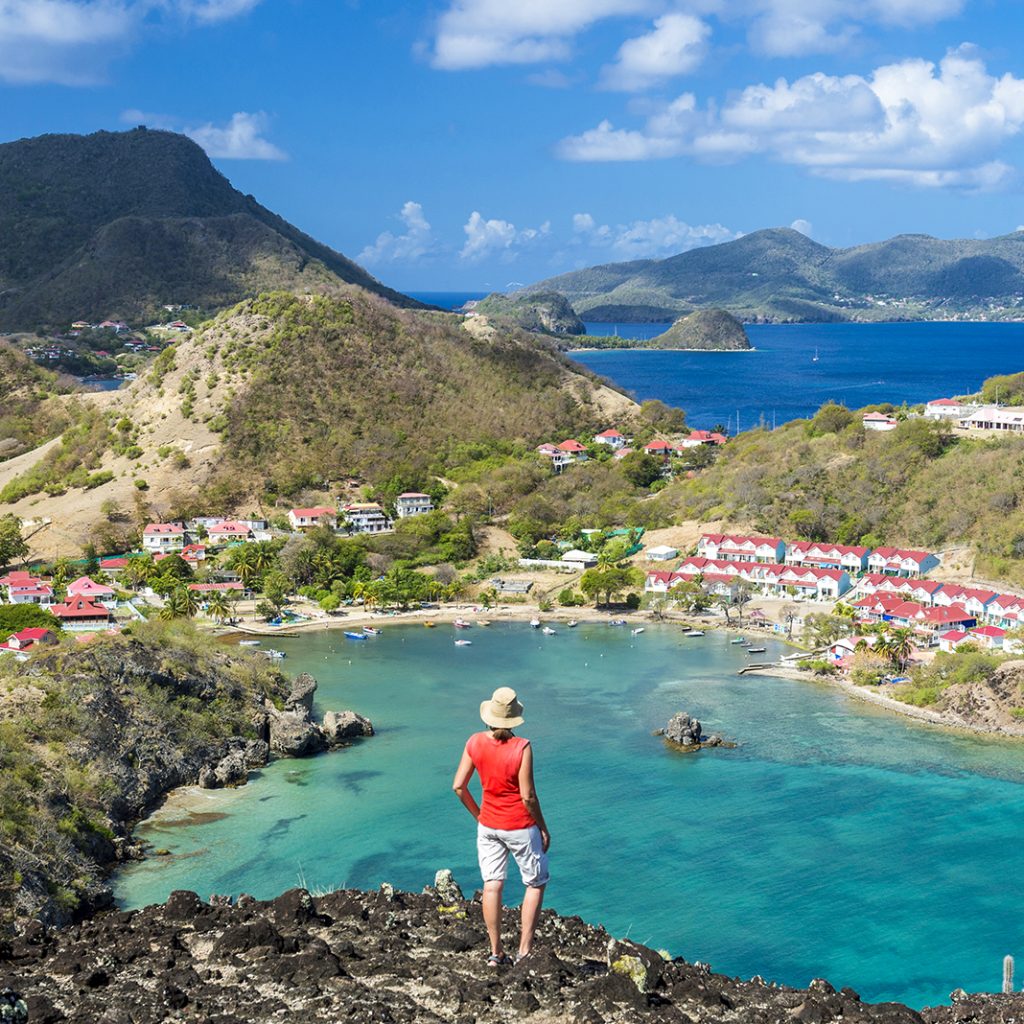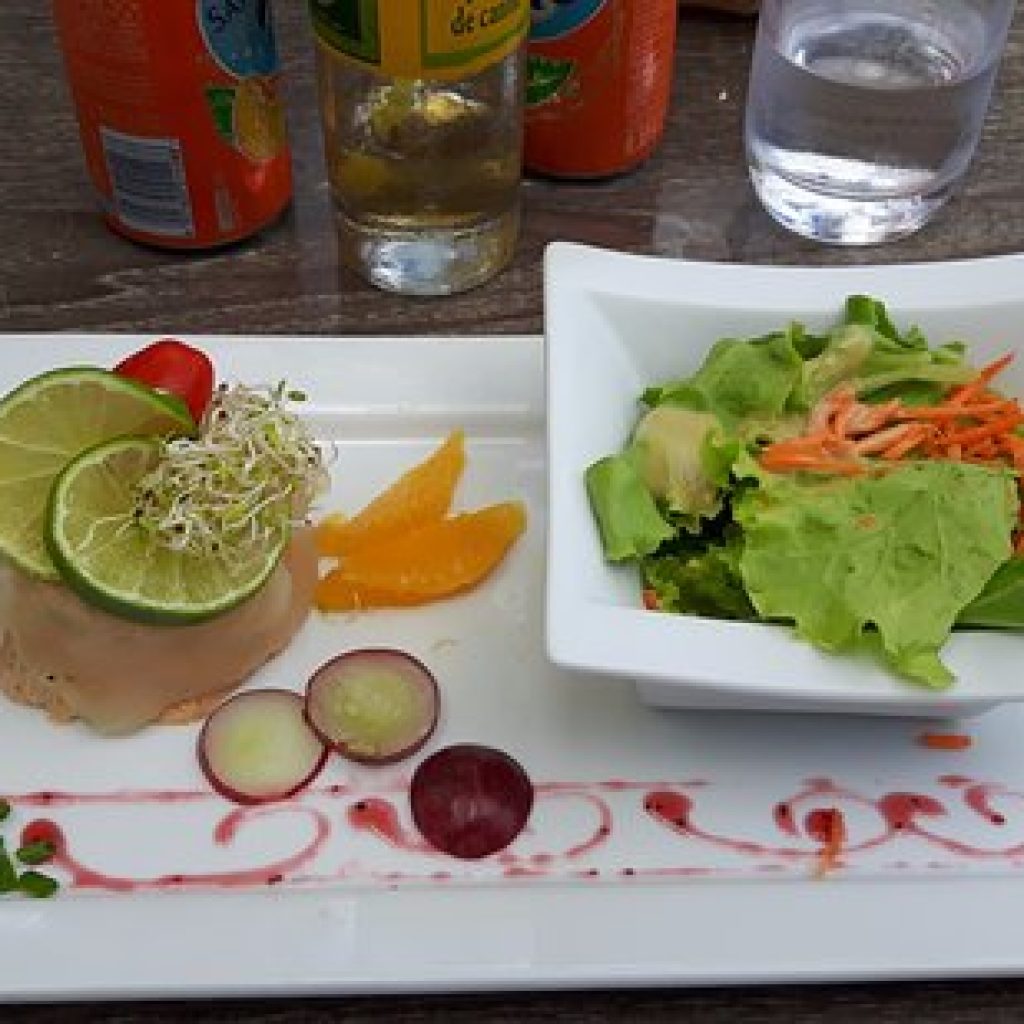

Guadeloupe, a French overseas region, is an island group in the southern Caribbean Sea. Resembling a butterfly, its 2 largest islands are separated by the Salée River. Hilly Grande-Terre Island has long beaches and sugarcane fields. On Basse-Terre Island, Parc National de la Guadeloupe encompasses Carbet Falls and the volcano La Grande Soufrière. Smaller islands include Marie-Galante and La Désirade.









Guadeloupe’s evocative blend of lush natural beauty and rich Creole and French culture make it a magical place to visit. The archipelago is an overseas region of France, and Guadeloupe’s food, language, and culture reflect this strong tie.
If you look at a Guadeloupe map, the main landmass resembles a butterfly in shape, with two main islands: Grande-Terre in the east and Basse-Terre in the west, separated by a narrow mangrove channel called the Rivière Salée.

The winds may have blown you to Gourbeyre, but it’s the aroma of spicy codfish fritters that will allure you to The Creole Table. Spring off of the top deck and ask for an order before you’ve scooted into your seat. As the salty fritters arrive, request that queen conch ravioli and swordfish rillettes follow. These delicious dishes are also low priced, which means you won’t feel wasteful for only gnawing on the salad in between starters.

This is a chilled place across from the beach to lower your sails after a long day at sea. Skewer your appetite with fish, chicken, and beef – because everything tastes better on a stick. For those who know that the real test of a barbecue joint is how they prepare their sides, you’re in luck. The fries are fantastic and so is the rice. Anything on the menu is sure to impress when dipped, dunked, and drizzled with their Creole sauce.

In a stew over what delicious waterside restaurant to try in Saint-François first? Le Zagaya insists that you stew it over their spicy seafood stew, appropriate, given the waterfront setting and Creole spices galore. Switch up the meat and dive into a bubbling bowl of pot au feu, a stew with pig snout and tail blended with freshly chopped vegetables.

The Guadeloupe Archipelago includes the large butterfly-shaped principal islands of Basse-Terre and Grande-Terre and numerous smaller islands. The two principal islands are separated by the narrow Salée River.
As observed on the map, the Basse-Terre island is slightly mountainous and lush, with densely forested areas. It’s dominated by a single (still-active) volcano – La Grande Soufriere. Standing at an elevation of 4,813 ft (1,467m), it is the highest point in the Lesser Antilles. The lowest point is the Caribbean Sea (0m). A few small rivers (streams) drain the island of Basse-Terre. Several beaches and bays fringe the island’s coastline.
With only 570 sq. km area, Grande-Terre is mostly a flat limestone-based island, possessing a few coastal mangrove swamps to the north of Point-a-Pitre. The other smaller islands are hilly and volcanic in origin
